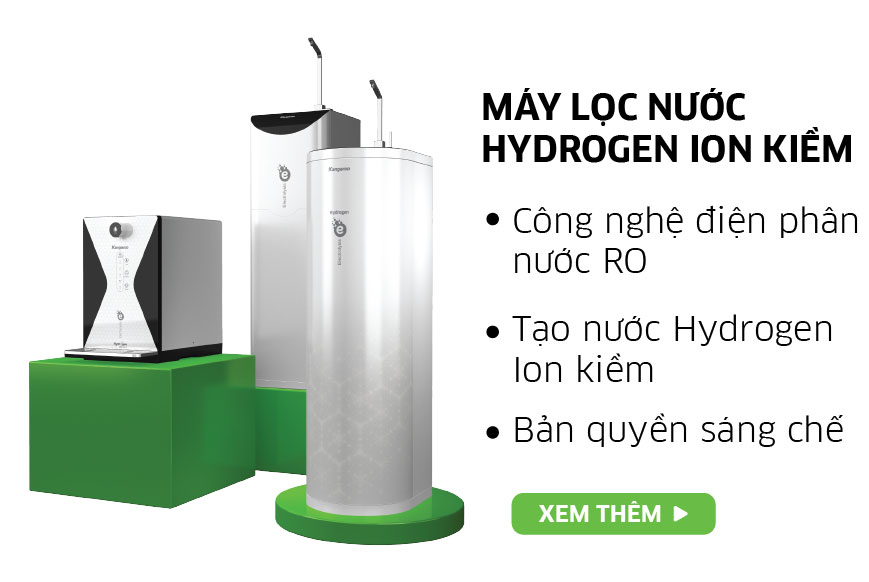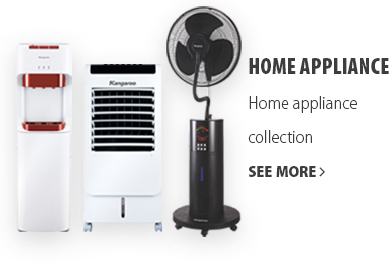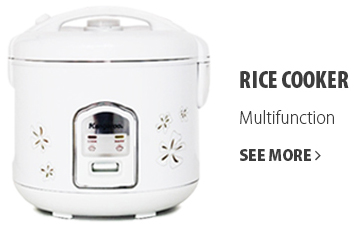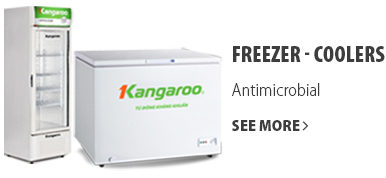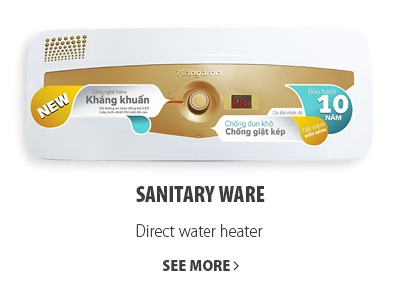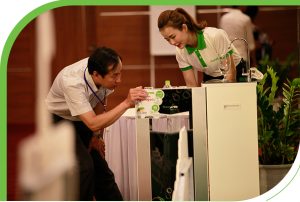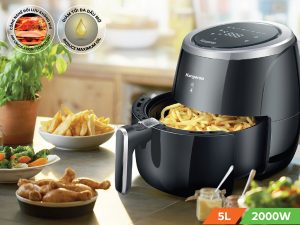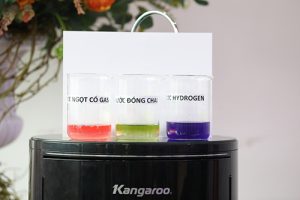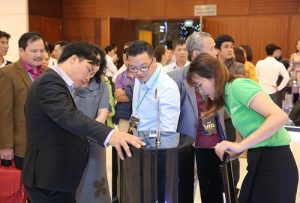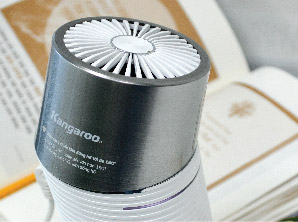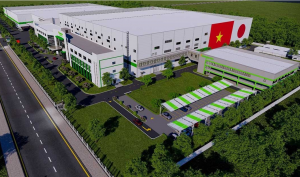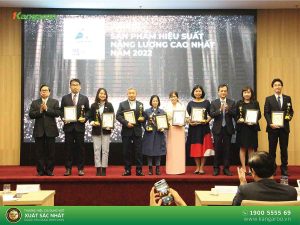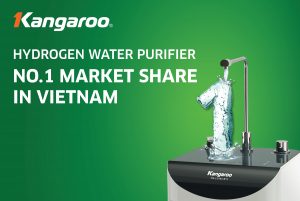100% of domestic water samples are not up to standard of chlorine residuals
National standards for drinking water (QCVN 02: 2009/BYT), drinking water standard (QCVN01: 2009/BYT), stipulates that the residual chlorine content must be between 0.3-0.5mg/l. However, according to the authorities, in the sampling areas, most of the excess chlorine content did not meet this requirement.
Why not meet the standard chlorine residual?
Chlorine has long been considered an effective and low cost method for treating, disinfecting water, preventing diseases caused by water. The presence of excess chlorine in the water indicates that the feed water has been sufficiently disinfected and is effective in preventing recontamination in the distribution, transportation and storage of water at home (if leakage occurs).
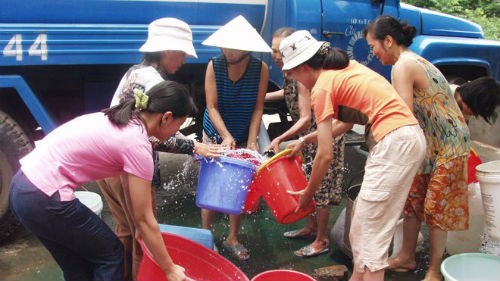
Excess chlorine in water includes both free chlorine and residual chlorine, in which the disinfection and oxidation effects are mainly due to the excess free chlorine. In Hanoi, due to geological features, the groundwater content is high in ammonium, the residual chlorine in the water will combine and react with ammonium to form chlorine with a weaker disinfection but longer stay in water. This component is called residual chlorine combined, not chlorine free excess, so the plant can put large amounts of chlorine into the disinfection of the output water, but not enough chlorine combined with treatment for ammonium and organic matter domestic. Therefore, the amount of residual chlorine left in water is low and the content of some other criteria is still higher than the standard.
According to Le Thai Ha, deputy head of the department of high technology and testing, the Institute of Occupational and Environmental Health of World Health Organization (WHO), it is clear that the chlorine content in water above 5mg/l has an effect on human health. However, in terms of perceptions, chlorine has an unpleasant odor, so WHO recommends maintaining a residual chlorine content of 0.2-1mg/l. Countries, depend on the water quality and community acceptance, to use this limit as appropriate but without affecting health.
Many water sources are contaminated organically
The results of the unscheduled water tests in Hanoi in June and July by the Institute of Water Resources and Environment also showed that: Quite a lot of water supply from water plants in Hanoi still have higher pemanganat than standard, that means water is still contaminated with organic matter. These are the factories of Phap Van, Nam Du, Ha Dinh, Tuong Mai, Ngo Sy Lien, Cao Dinh, Ha Dong establishments I and II, Dinh Cong, Linh Dam, Hai Ba Trung fresh water trading enterprise and water spouts of the National Convention Center.
In addition, the ammonium content at the factories of Phap Van, Nam Du, Ha Dinh, Tuong Mai, Dinh Cong, Ha Dong I and II also have ammonium above the maximum limit. And the “hot point” of water pollution in June was two water supply stations in Nam Do and My Dinh II urban areas. In Nam Do urban area, the water supply from the factory to the urban area is guaranteed, but there are problems in the water supply system from the source to the households.
At some sampling sites, water did not reach six indicators of coliform and coliform resistance to heat, ammonia, nitrite, excess chlorine, pemaganate. Nam Do urban management board must clean and repair the reservoirs to ensure water quality. For My Dinh II water supply station (owned by MTV and KDT as investors) has arsenic content higher than permitted. The Ministry of Health has proposed the Hanoi People’s Committee to shut down My Dinh II Station, using other sources of water for the population.
It is known that the Institute of Water Resources and Environment also suggested the water supply companies need to build a safe water supply plan under the guidance of the WHO and the Ministry of Construction. Specifically: It is necessary to regularly supervise both water treatment processes with specific indicators and indicators so as to be able to timely detect and handle incidents and risks in the water supply process. At the same time, training for testing staff at water supply units is also needed.




